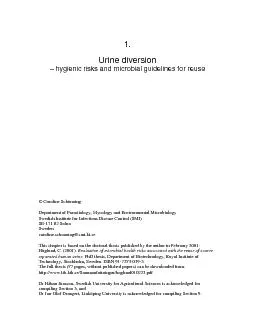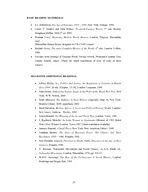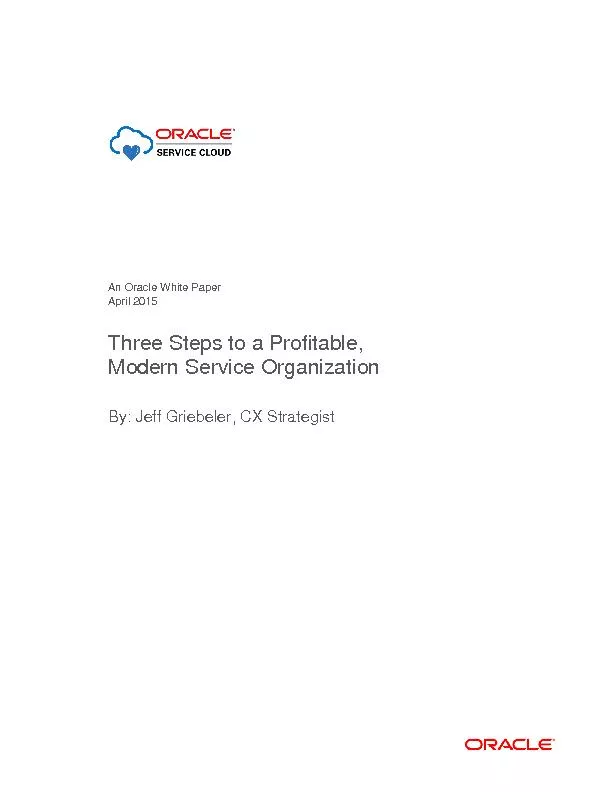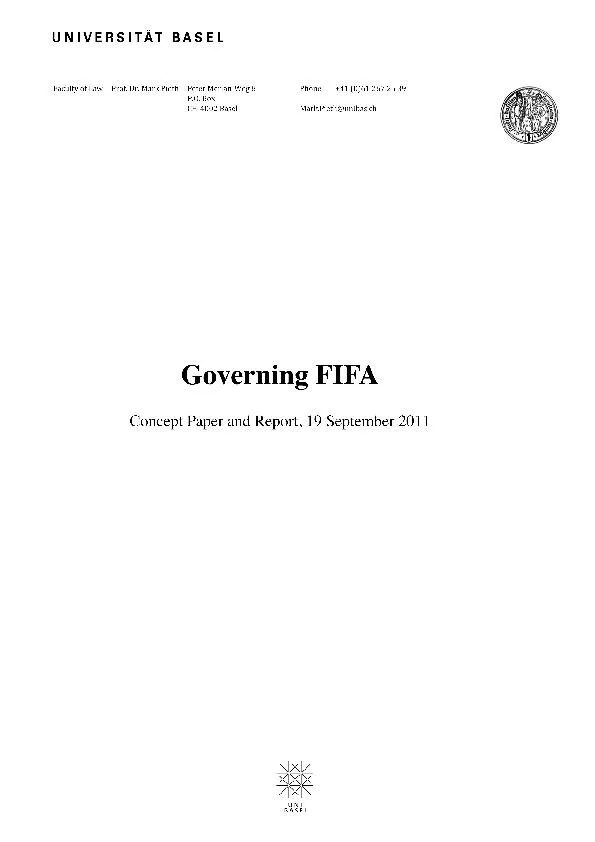PDF-TABLE OF CONTENTS TABLE OF CONTENTS 1. INTRODUCTION 1.1 History 1.2 Nu
Author : lois-ondreau | Published Date : 2015-11-30
Introduction 2000 This system is manufactured around the world but has been criticised for wasting the urine resource Esrey et al 1998 Drangert 1999 Another system
Presentation Embed Code
Download Presentation
Download Presentation The PPT/PDF document "TABLE OF CONTENTS TABLE OF CONTENTS 1. I..." is the property of its rightful owner. Permission is granted to download and print the materials on this website for personal, non-commercial use only, and to display it on your personal computer provided you do not modify the materials and that you retain all copyright notices contained in the materials. By downloading content from our website, you accept the terms of this agreement.
TABLE OF CONTENTS TABLE OF CONTENTS 1. INTRODUCTION 1.1 History 1.2 Nu: Transcript
Download Rules Of Document
"TABLE OF CONTENTS TABLE OF CONTENTS 1. INTRODUCTION 1.1 History 1.2 Nu"The content belongs to its owner. You may download and print it for personal use, without modification, and keep all copyright notices. By downloading, you agree to these terms.
Related Documents














